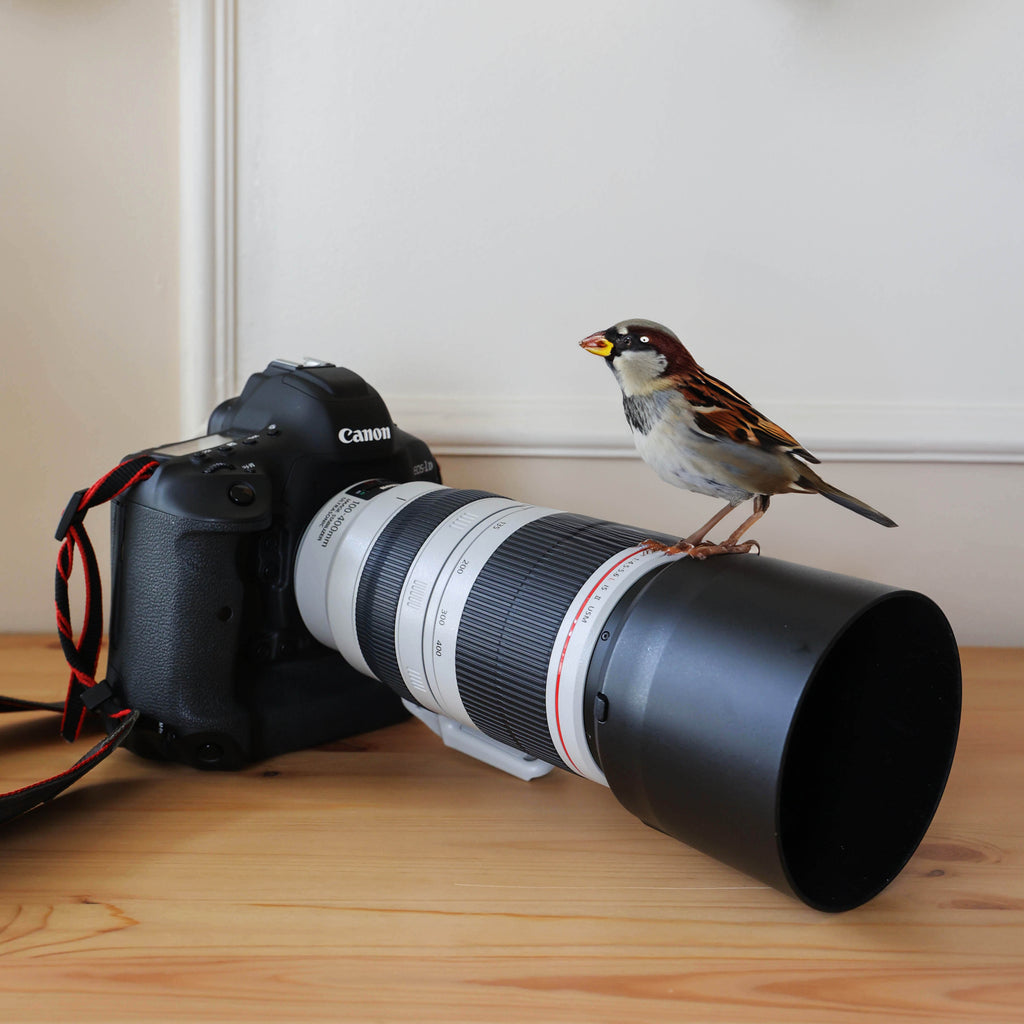
What equipment do you need to get started?
Before you embark on your wildlife photography journey, it's important to have the right equipment. A good camera with manual settings is essential. Look for a DSLR or mirrorless camera that allows you to control the shutter speed, aperture, and ISO. Additionally, invest in a telephoto lens with a focal length of at least 200mm to capture distant subjects. A sturdy tripod and a camera bag to protect your gear are also recommended.
How to choose the perfect location?
Choosing the right location is crucial for successful wildlife photography. Research and identify areas known for their diverse wildlife population. National parks, wildlife reserves, and nature sanctuaries are excellent options. Consider the time of year and the specific animals you want to photograph. Some species are more active during certain seasons or times of the day. Plan your visit accordingly to maximize your chances of capturing stunning wildlife shots.
What are the best camera settings?
When it comes to camera settings, there are a few key factors to consider. Start by setting your camera to aperture priority mode (A or Av) to have control over the depth of field. Use a wide aperture (small f-number) to create a shallow depth of field and blur the background, making your subject stand out. Adjust the ISO based on the lighting conditions, keeping it as low as possible to minimize noise. Finally, select a fast shutter speed to freeze the motion of fast-moving animals.
How to approach wildlife without disturbing them?
Getting close to wildlife without causing disturbance is essential for ethical wildlife photography. Avoid sudden movements and loud noises that could startle the animals. Use natural cover like trees or bushes to camouflage yourself. Move slowly and quietly, keeping a safe distance. It's important to respect the animals' space and observe them from a distance. Remember, capturing their natural behavior is more important than getting a close-up shot.
What are some composition tips?
Composition plays a vital role in wildlife photography. Follow the rule of thirds by placing your subject off-center for a more visually appealing image. Pay attention to the background and try to eliminate any distractions. Use leading lines, such as a branch or a river, to guide the viewer's eye towards the subject. Experiment with different angles and perspectives to add variety to your shots. Remember, practice makes perfect, so don't be afraid to try new techniques.
How to deal with challenging lighting conditions?
Wildlife photography often involves dealing with challenging lighting conditions. In bright sunlight, use a lens hood to reduce lens flare and harsh shadows. During overcast days, take advantage of the soft, diffused light for even exposure. In low-light situations, increase the ISO and use a wider aperture to maintain a fast enough shutter speed. Consider investing in a flash or an external lighting source for better control over the lighting.
What post-processing techniques can enhance your photos?
Post-processing can take your wildlife photos to the next level. Start by organizing and selecting the best shots. Use editing software like Adobe Lightroom or Capture One to adjust the exposure, contrast, and white balance. Enhance the details and sharpness without overdoing it. Be mindful of not altering the natural colors of the animals. Experiment with different presets or create your own to develop a consistent editing style.
Conclusion
Wildlife photography can be a rewarding and exciting hobby for beginners. With the right equipment, knowledge of camera settings, and ethical approach, you can capture breathtaking images of the natural world. Remember to practice patience, respect for the animals, and continuous learning. So grab your camera, head out into the wild, and let your passion for wildlife photography soar!
